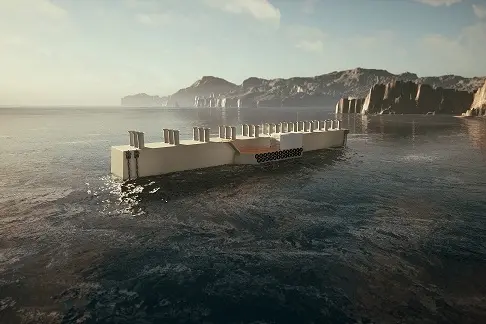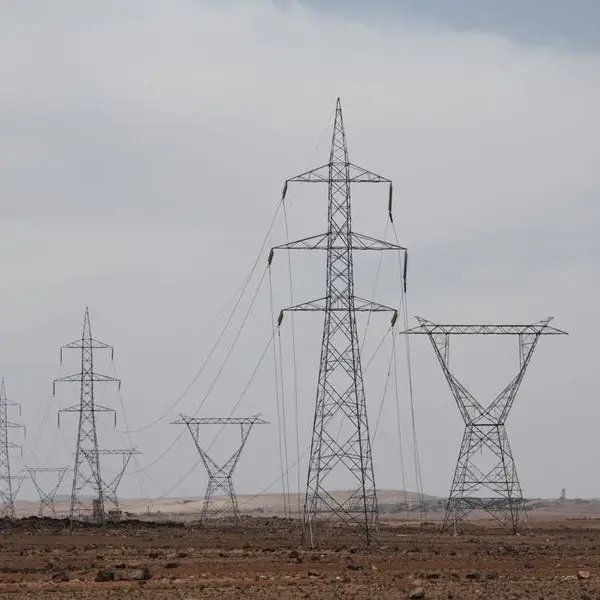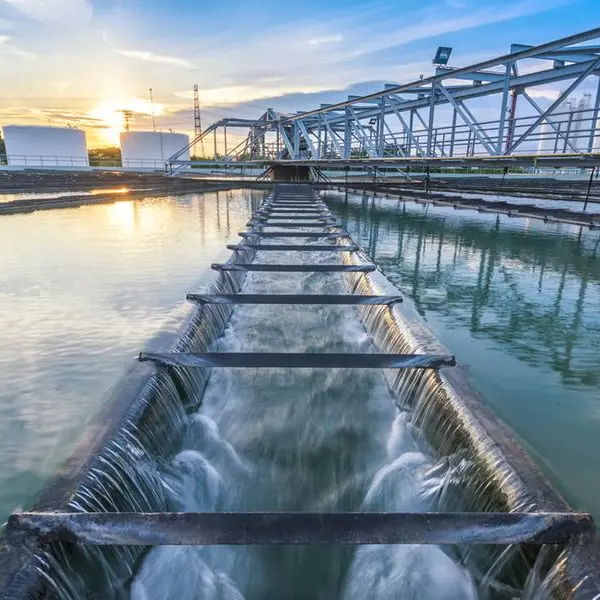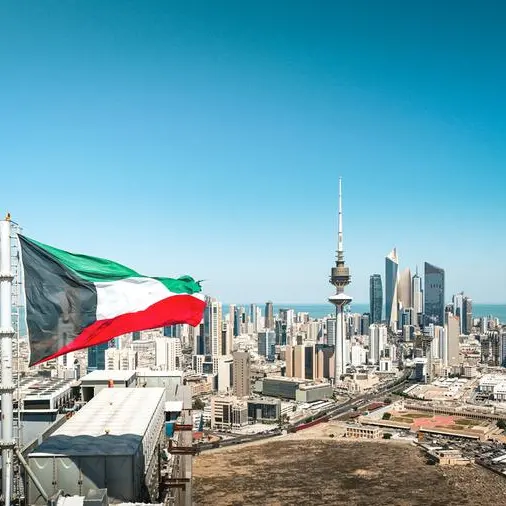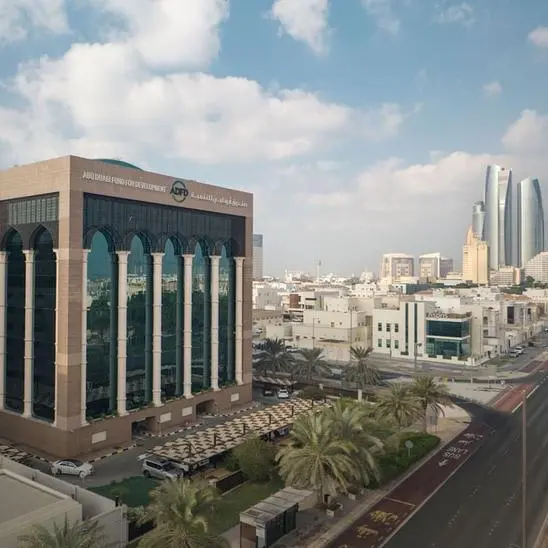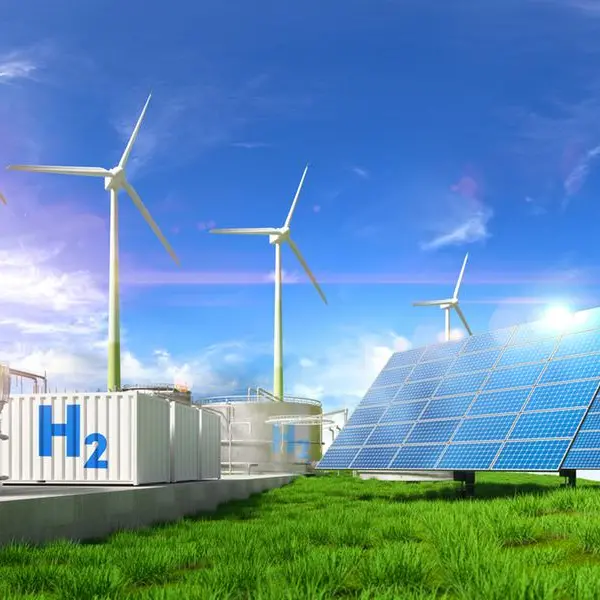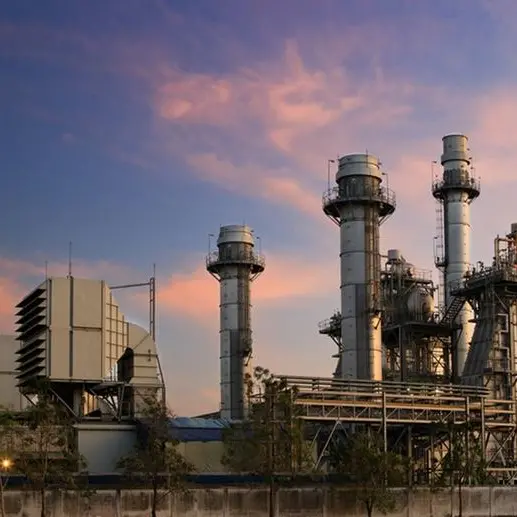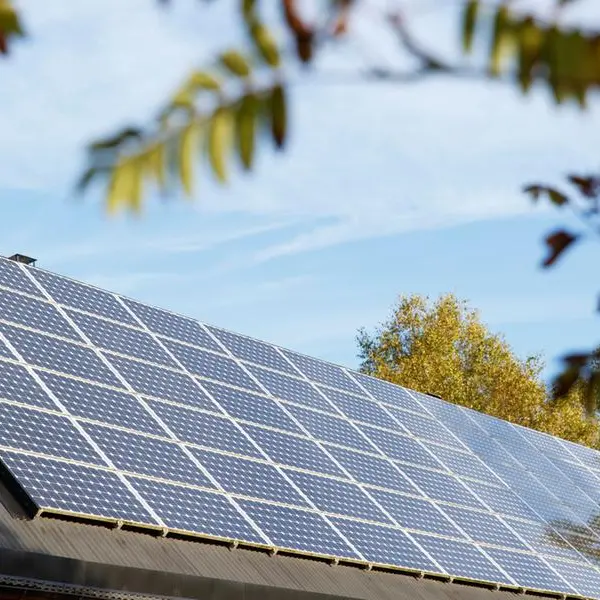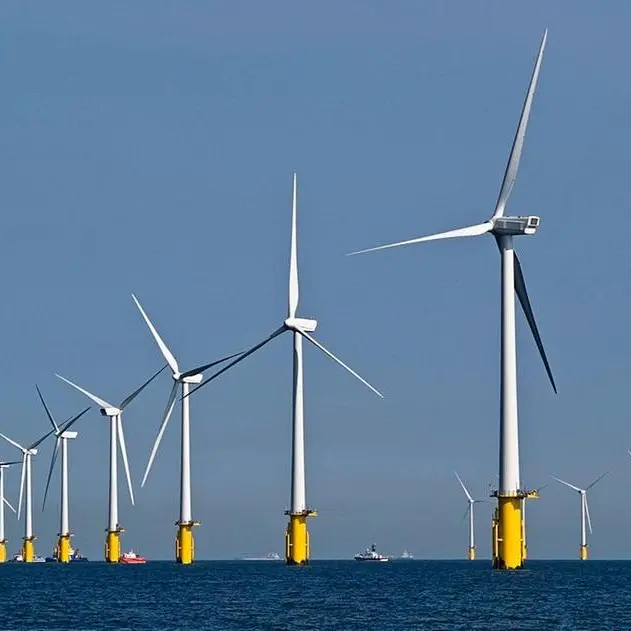PHOTO
Oman is expected to launch its inaugural wave energy pilot projects in the next two years, the regional representative of the Norwegian wave power company Havkraft AS revealed to Zawya Projects in an exclusive interview.
Founded in 2009, Havkraft specialises in wave energy solutions based on the Oscillating Water Column (OWC) technology for which it holds several patents.
Matt Minshall, the Middle East Advisor for Havkraft AS and the Managing Director of the UK-based consultancy Translucidus, highlighted the Middle East's growing interest in exploring the potential of wave energy and Oman's willingness to embrace this technology.
He said Oman has the potential to realise 10 percent of its energy from waves, and studies are underway to assess local requirements and costs.
"There's huge interest across all sectors to look at how this might be of benefit. We are discussing with the government, industry, and organisations how best to tap this energy. Every possible opportunity is being explored."
Minshall underscored that Havkraft's systems are well advanced beyond the prototype stage, and the first models are in construction.
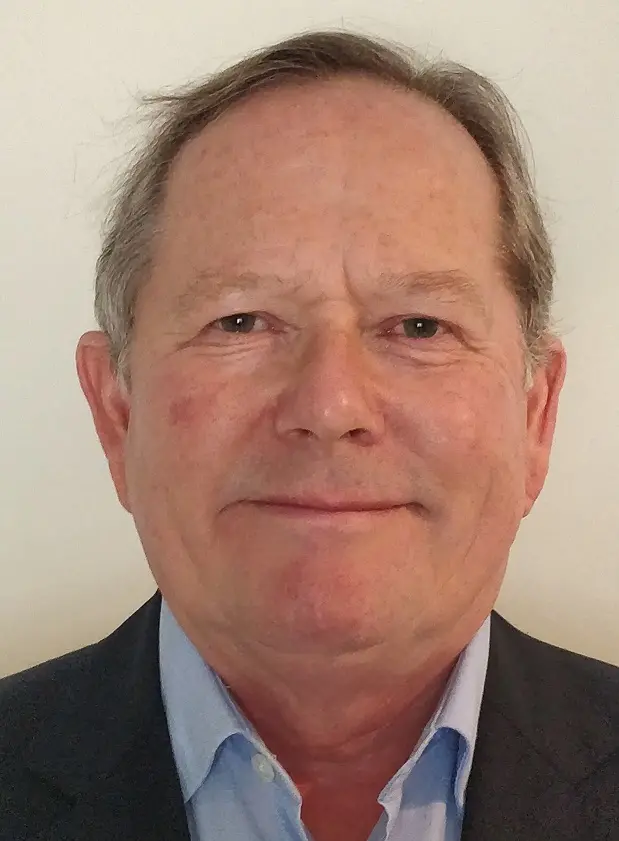

"We will begin sea trials and DNV certification on the nearshore product Havkraft N-class next year based on our current preparation and modelling in the laboratories," he said, noting that the company is embarking on a 300-kilowatt commercial project in Svanøy, Norway.
The HAVKRAFT N-CLASS wave power plant is expected to be operational by the first half of 2024 after the project received €3 million in new capital from investors and an €800,000 grant from Innovation Norway this year.
"In Oman, we are looking to provide much bigger power plants, arrays and wave farms at various locations," said Minshall.
While noting that it's too early to specify capacities or investments for Oman, he said wave energy could make a "substantial contribution" in the Sultanate due to access to excellent local energy flux.
According to the Havkraft representative, wave energy patterns are ideal along the coastline from Muscat to Salalah, directly facing the Indian Ocean.
"We would look at places where the transmission length is the shortest and centres where there is a high direct need (for electricity), such as cities and ports," he explained.
While wave energy systems have minimal environmental impact, he acknowledged that their impact on the local ecology and marine systems would need to be examined.
About prospects elsewhere in the region, Minshall ruled out the Mediterranean. "Wave energy potential of the Red Sea is limited as the waves are relatively calm, but in Oman, with a largely east facing long coast, it is ideal."
Saudi Arabia has conducted preliminary studies to identify tidal energy potential in NEOM, but no announcements have been made yet.
Rise of wave energy
Despite 71 percent of the Earth's surface being covered with oceans, wave energy remains unutilised.
"Not all waves give the necessary energy, and some technologies have too many working parts and, therefore, are reliant on high maintenance costs," explained Minshall.
A mere half a gigawatt (GW) of ocean power has been installed globally as of 2021, but IRENA [International Renewable Energy Agency] predicts a global potential of 70 GW by 2030 and 350 GW by 2050 due to the "urgency to decarbonise" and ocean energy's immense value to coastal regions as a source of "clean, local and predictable electricity."
IREA said tidal stream and wave energy converters are the most mature solutions, though technologies exist that can extract energy from differences in the ocean's water temperature, salinity concentration and the movement of ocean currents.
According to Minshall, Havkraft's wave energy systems have garnered attention from the United States, Europe, India, and Southeast Asia.
"We're in discussions to identify the best way forward," he said.
Havkraft Wave Energy Converter (H-WEC), the company's flagship product, is modular, can be tailored to sites and cater to varying energy demands.
Minshall elaborated: "It's like a LEGO system for energy production where the H-WEC serves as the fundamental building block. There is no limit to the scaling. You simply add more blocks to increase capacity. For example, in an offshore wind farm, you could add two or three wave energy arrays to supplement based on the existing anchor points. This would cut cost and increase baseload."
The company's solutions can power a harbour or a fish farm or can be an add-on to the national grid.
"Whether you're looking to integrate the H-WEC as an add-on to existing infrastructure, incorporate it into our nearshore HAVKRAFT N-CLASS wave power plant, or even deploy it offshore as part of the HAVKRAFT O-CLASS, the possibilities are almost endless."
Cost and ROI
The capital investment for wave energy systems is more or less on par with other renewable energy systems, but maintenance costs are lower, and the systems last longer, claimed Minshall.
"Based on maritime experience and the research done so far, such constructions can last for 40-50 years. It may be a conservative estimate for Havkraft's systems because these have very few mechanical parts, and there is nothing to be replaced within the oscillation chambers. Therefore, maintenance costs are lower than other renewable energy sources."
Additionally, wave energy costs may mirror the reductions observed in wind and solar power.
"Wave energy will be equal to or greater in terms of lowering the cost of energy than other solutions. Once the investment costs have been paid off, you are looking at net benefit, probably more with wave energy because of its low maintenance costs. We are looking at making the LCOE (Levelised Cost of Electricity) equal to or less than the existing everywhere."
"Eventually, the return on investment is likely to be good and the payback quick …well within the normal investment cycle of five years," he said.
Since these platforms have to be built locally, they will also benefit the local economy, he concluded.
(Reporting by Sowmya Sundar; Editing by Anoop Menon)
(anoop.menon@lseg.com)
Subscribe to our Projects' PULSE newsletter that brings you trustworthy news, updates and insights on project activities, developments, and partnerships across sectors in the Middle East and Africa.
